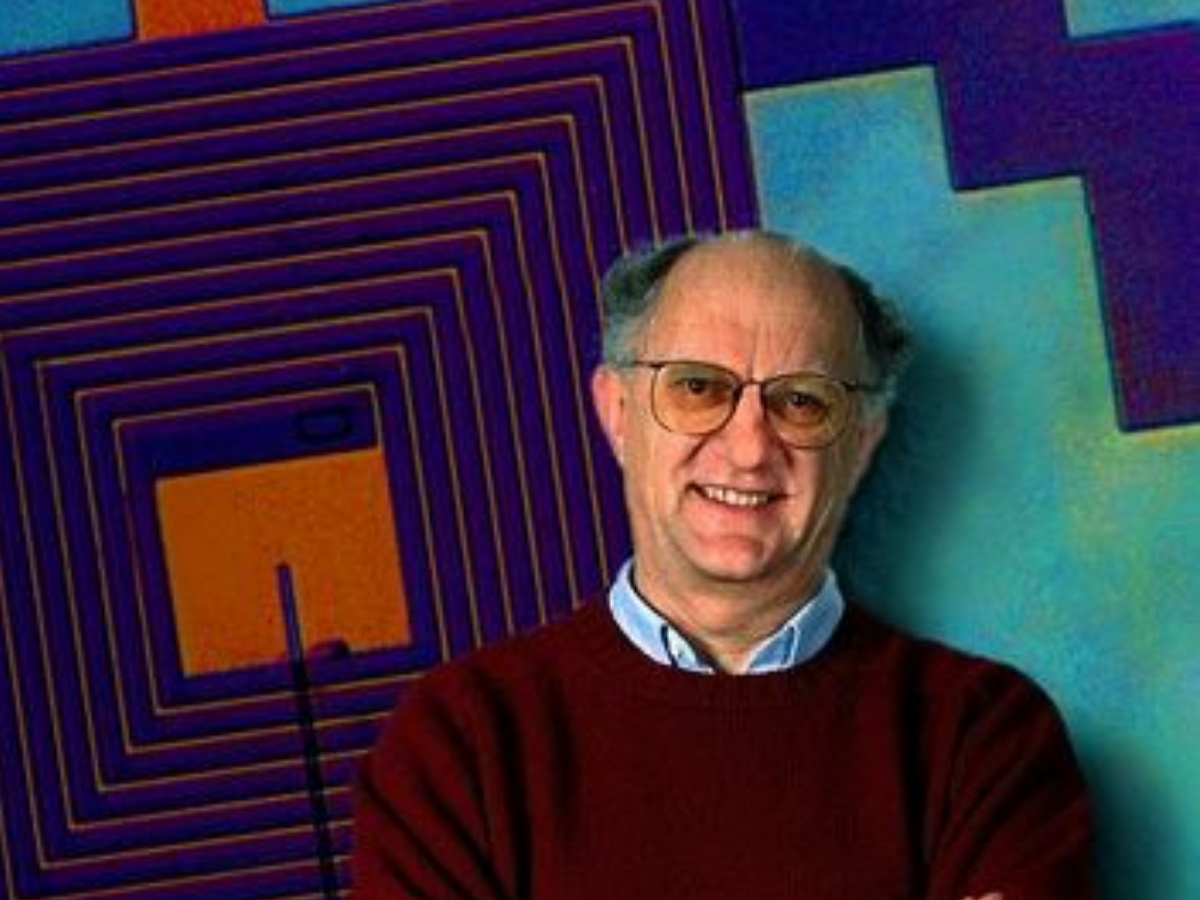
"John Clarke standing in front of a magnified image of an amplifier based on a superconducting quantum interference device, or SQUID. Courtesy: UC Berkeley John Clarke, Michel H. Devoret and John M. Martinis won the Nobel Prize in physics on Tuesday for research on the weird world of sub-atomic quantum tunneling that advances the power of everyday digital communications and computing."
"One of the winners said that quantum mechanics research already has wound up in our everyday communications. Speaking from his cellphone, Clarke said: One of the underlying reasons that cellphones work is because of all this work.'' Clarke, 83, conducted his research at UC Berkeley; Martinis, 67, at UC Santa Barbara; and Devoret, 72, is at Yale and also at UC Santa Barbara. Clarke, who spearheaded the research team, said he was pleased to receive this prize alongside his two colleagues."
"The prize winning research in the mid-1980s took the sub-atomic weirdness of quantum mechanics and found how those tiny interactions can have real world applications on the human scale level, said Jonathan Bagger, CEO of the American Physical Society. They have the potential to supercharge computing and communications. The 100-year-old field of quantum mechanics deals with the seemingly impossible subatomic world where switches can be on-and-off at the same time and parts of atoms tunnel through what seems like impenetrable barriers."
John Clarke, Michel H. Devoret and John M. Martinis won the Nobel Prize in physics for work translating subatomic quantum tunneling phenomena into practical devices. The research from the mid-1980s enabled amplification and control of quantum effects, producing technologies that boost digital communications and computing. Clarke conducted research at UC Berkeley; Martinis at UC Santa Barbara; Devoret at Yale and UC Santa Barbara. The work brought quantum-scale interactions to the human scale, enabling construction of devices such as SQUID-based amplifiers. The developments provide building blocks for quantum computers and quantum sensors capable of extremely sensitive measurements. They also have potential to supercharge computing and communications.
Read at www.berkeleyside.org
Unable to calculate read time
Collection
[
|
...
]